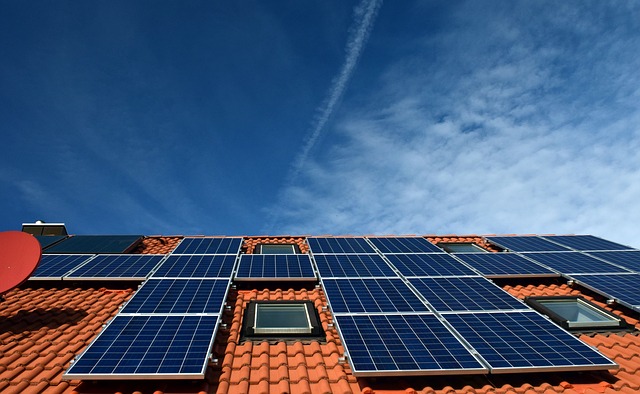In the quest for sustainable energy solutions, solar power has emerged as a leading contender. Its accessibility, environmental benefits, and potential cost savings make it an attractive option for homeowners worldwide. However, when it comes to installing solar panels on a tile roof, certain considerations must be taken into account to ensure a successful and efficient installation. Let’s delve into everything you must know about this process.
Understanding Tile Roofs and Solar Panel Compatibility
Tile roofs are a popular choice for homeowners due to their durability, aesthetic appeal, and longevity. However, their unique design poses challenges for solar panel installation. Unlike asphalt shingles or metal roofs, which offer a relatively flat surface, tile roofs have an undulating surface with ridges and valleys. This can make the installation process more complex and require specialized techniques.
When considering solar panel installation on a tile roof, it’s crucial to assess the condition of the roof and determine its compatibility with solar panels. Factors such as the type of tiles, their age, and the structural integrity of the roof must be evaluated to ensure a secure and efficient installation.
Types of Tile Roofs and Their Impact on Solar Panel Installation
Tile roofs come in various materials, including clay, concrete, and slate, each with its own unique characteristics and installation requirements.
- Clay Tiles: Common in Mediterranean and Spanish-style architecture, clay tiles are known for their durability and rustic charm. However, they can be heavy, which may require reinforcement of the roof structure to support the added weight of solar panels.
- Concrete Tiles: These tiles offer a more affordable alternative to clay tiles and are available in a range of styles and colors. Like clay tiles, they are heavy and may necessitate structural upgrades to accommodate solar panels.
- Slate Tiles: Prized for their elegance and longevity, slate tiles are a premium roofing material. While they are durable and lightweight compared to clay and concrete tiles, their installation requires precision to avoid damage.
Key Considerations for Solar Panel Installation on Tile Roofs
- Roof Assessment: Before installing solar panels, conduct a thorough inspection of the roof to identify any damage or areas in need of repair. Addressing these issues beforehand will prevent complications during the installation process.
- Tile Removal vs. Tile Mounting: There are two primary methods for installing solar panels on tile roofs: tile removal and tile mounting. In the tile removal method, selected tiles are removed to expose the underlying roof structure, allowing for direct attachment of the solar panel mounting system. Alternatively, tile mounting involves securing the solar panels to the tiles using specialized brackets or hooks without removing them. The method chosen will depend on factors such as roof condition, tile type, and installer preference.
- Sealing and Waterproofing: Proper sealing and waterproofing are essential to prevent leaks and ensure the longevity of the roof and solar panel system. Sealants and flashing should be applied around mounting points and penetrations to create a watertight barrier.
- Structural Integrity: Given the added weight of solar panels, it’s important to assess the structural integrity of the roof and make any necessary reinforcements to support the load. This may involve installing additional roof trusses or reinforcing existing ones to distribute the weight evenly.
- Orientation and Tilt Angle: The orientation and tilt angle of the solar panels play a crucial role in maximizing energy production. Ideally, solar panels should be installed facing south (in the northern hemisphere) to capture the maximum amount of sunlight throughout the day. Additionally, the tilt angle should be adjusted based on the roof’s latitude to optimize energy output.
Hiring a Qualified Solar Installer
While DIY solar panel installation may seem appealing, especially for cost-conscious homeowners, it’s not recommended for tile roofs due to the complexity and potential for damage. Instead, it’s advisable to hire a qualified solar installer with experience in working with tile roofs. Look for installers who are licensed, insured, and have a track record of successful installations.
Before hiring an installer, obtain multiple quotes, and ask for references from past customers. A reputable installer will conduct a thorough assessment of your roof, provide customized recommendations, and ensure that the installation meets local building codes and regulations.
Conclusion
Installing solar panels on a tile roof requires careful planning, proper preparation, and expert execution. By understanding the unique challenges and considerations involved, homeowners can ensure a successful and efficient installation that maximizes the benefits of solar energy while preserving the integrity of their roof. With the right installer and attention to detail, harnessing the power of the sun becomes a viable and rewarding investment for the future.

